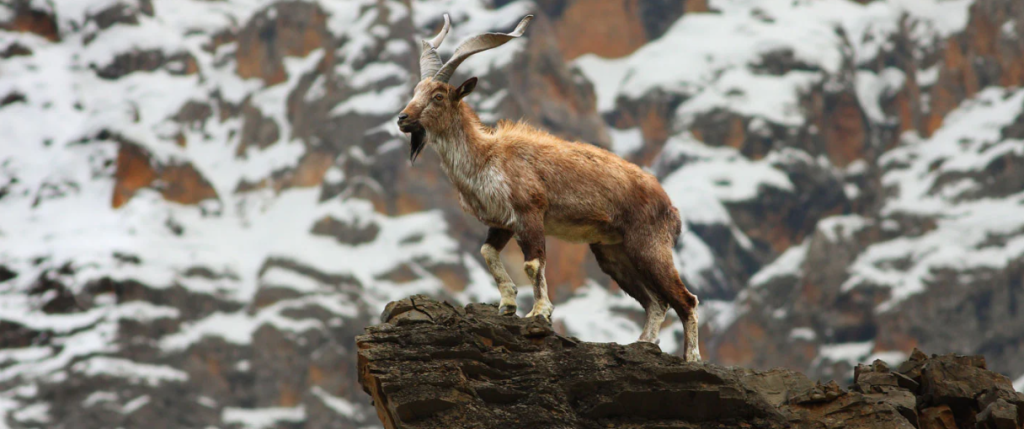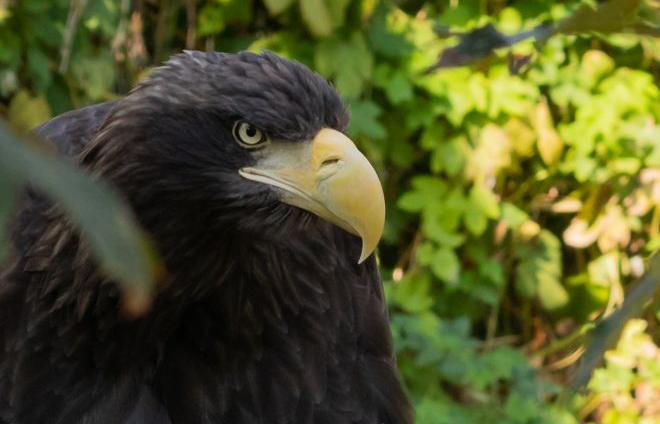The Bolivia National Animal is the llama, a large domesticated mammal belonging to the camelid family. Llamas are known for their gentle temperament and are an important part of traditional Bolivian culture. In this article, we will explore the physical characteristics, habitat and distribution, behavior and lifestyle, cultural significance, and conservation efforts related to the llama.
Physical Characteristics of Bolivia National Animal
Llamas are large animals that can weigh up to 400 pounds and stand up to 6 feet tall. They have a long neck, pointed ears, and a distinctive woolly coat that comes in a variety of colors, including brown, white, and black. Llamas are unique in that they have three stomach compartments that allow them to efficiently digest tough vegetation.
Habitat and Distribution
Llamas are native to the Andes mountains of South America, where they live in high-altitude regions with cold temperatures and low oxygen levels. They are most commonly found in Bolivia, Peru, and Chile, but have also been introduced to other parts of the world, including North America and Europe.
Behavior and Lifestyle
Llamas are social animals that live in herds, with a dominant male llama known as the herd leader. They are herbivores, eating a variety of vegetation such as grass, leaves, and bark. Llamas are also known for their spitting behavior, which they use to establish dominance or ward off predators. In terms of reproduction, llamas have a gestation period of around 11 months and usually give birth to a single offspring, known as a cria.
Cultural Significance of Bolivia National Animal
Llamas have played an important role in traditional Bolivian culture for centuries. They were used as pack animals to transport goods across the mountains and were also raised for their wool, meat, and milk. Today, llamas are still used in traditional celebrations and festivals, such as the Ch’utillos festival in Potosi, Bolivia.
Conservation Efforts for Bolivia National Animal
While llamas are not currently considered endangered, their populations have declined in some regions due to overgrazing, habitat loss, and competition with other livestock. Efforts are underway to conserve llama populations, including promoting sustainable grazing practices and preserving natural habitats.
Conclusion
The Bolivia National Animal, the llama, is a unique and important part of traditional Bolivian culture. Their physical characteristics, habitat and distribution, behavior and lifestyle, cultural significance, and conservation efforts make them a fascinating and valuable species. By understanding and appreciating the role of llamas in our world, we can work to ensure their continued survival.
References:
Mammals of Bolivia (https://www.mammaldiversity.org/bolivia/)
Llama Care (https://extension.colostate.edu/topic-areas/agriculture/llama-care-3-503/)
Ch’utillos Festival (https://www.bolivianlife.com/chutillos-potosi-bolivia/)

